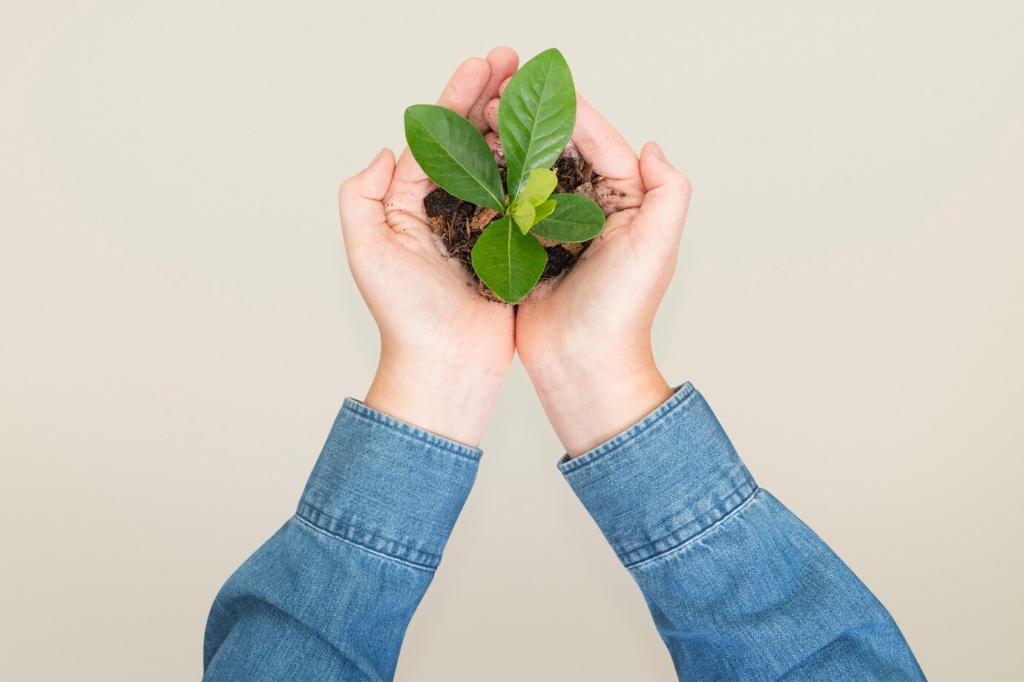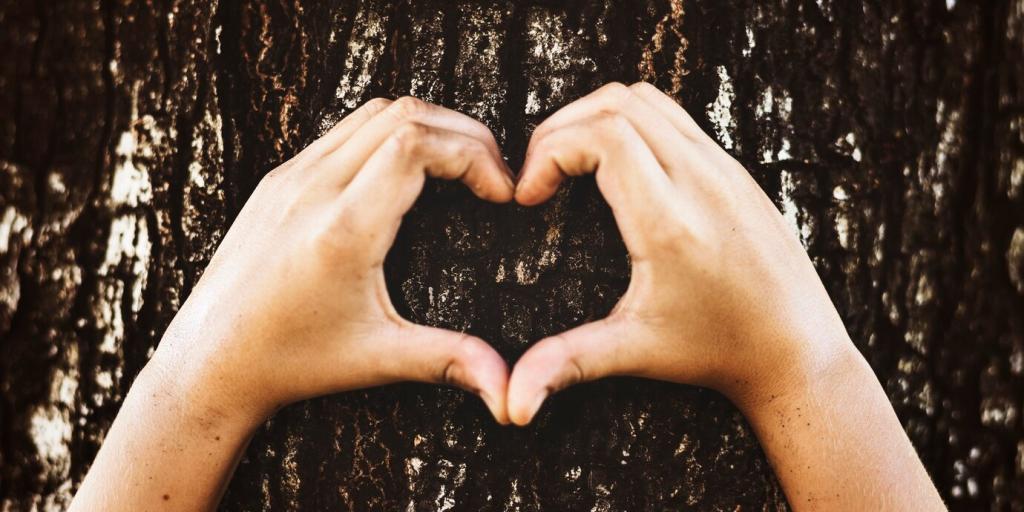Eco-Friendly Wood Furniture Preservation: Protecting Beauty, Saving Resources
Chosen theme: Eco-Friendly Wood Furniture Preservation. Welcome to a warm, practical space where we share planet-first methods to care for your favorite wooden pieces. Explore gentle routines, real stories, and science-backed tips—then join the conversation and subscribe for more.

Why Preservation Is the Greenest Choice

Extending a Piece’s Lifespan Reduces Footprint
Every year you keep a wooden table sturdy and beautiful is another year without new lumber, transport emissions, or packaging. Wood stores carbon; careful care keeps that carbon sequestered. Share your longest-lasting piece and what you do to keep it thriving.

Know Your Wood, Know Its Story
Oak laughs at bumps, pine dents easily, teak loves oil, and cherry darkens with light. Understanding wood species and finish—oil, shellac, lacquer, or varnish—guides every eco-friendly choice. Comment with your mystery wood, and we’ll help you identify it.

Build a Low-Impact Care Kit
Start simple: soft microfiber cloths, a plant-based soap, distilled water, an old toothbrush, felt pads, raw or polymerized linseed or tung oil, and a beeswax balm. What’s in your kit? Tell us your favorite sustainable swap and why you love it.


Natural Cleaning That Actually Works
A barely damp microfiber cloth traps dust before it grinds into the finish. Wipe with the grain, lift the cloth often, and dry immediately. Add a soft brush for carvings, and share your trickiest dusting spots—we all have them.
Natural Cleaning That Actually Works
Mix distilled water with a few drops of plant-based castile soap for a gentle, pH-neutral solution. Lightly wipe, then follow with clean water and dry thoroughly. Always test on a hidden area first, and tell us how your finish responded.


Conditioning and Finishing the Conscious Way
Raw linseed cures slowly but deeply; polymerized linseed and pure tung cure faster and harder. Avoid food oils that turn sticky. Wipe thin, let penetrate, and buff dry. Have a favorite oil brand or source? Share your experience in the comments.
Conditioning and Finishing the Conscious Way
Melt one part beeswax with three parts plant oil using a double boiler. Cool, then massage a whisper-thin layer into clean wood and buff. It smells like a forest. Want a printable recipe card? Say the word, and we’ll send it.
Light, Air, and Humidity: The Invisible Caretakers
01
Aim for 40–55% relative humidity to reduce cracking or warping. A small hygrometer keeps you informed. Use plants, bowls of water, or a dehumidifier to fine-tune. What’s your climate like? Tell us your seasonal challenges and solutions.
02
Ultraviolet light fades dyes and warms finishes. Rotate furniture, use curtains or UV film, and keep pieces away from radiators or vents. A table runner blocks hotspots. How do you balance sunlight with preservation? Share your setup.
03
Give every piece a few centimeters of space from walls for airflow. Add felt pads to prevent drag scratches and vibration. Ditch plastic covers that trap moisture. Have a clever pad hack? Drop a tip for fellow readers.
Repairs That Respect the Material
Hide glue is strong yet reversible with gentle heat and moisture, ideal for chairs and drawers. Clean old residue, apply fresh glue, clamp lightly, and wipe squeeze-out. Tried this? Post your first repair story and what you learned.
Repairs That Respect the Material
Rub a cracked walnut over light scratches on oil finishes, or blend with wax pencils and a soft cloth. For shellac or lacquer, use padding techniques sparingly. Less is more—practice on an underside and report your results.



Mold, Pests, and Other Unwelcome Guests
Light mildew often lifts with 70% ethanol on a soft cloth, or a half-and-half white vinegar solution, followed by thorough drying and airflow. Test first, wear gloves, and share what worked on your specific finish and climate.
Mold, Pests, and Other Unwelcome Guests
Keep furniture off damp walls, monitor for fresh frass, and encourage airflow. Neem oil solutions can deter activity on unfinished wood. For small items, controlled freezing is an option. Have you battled borers? Tell us your timeline.
An Heirloom Saved: A Small Story with a Big Lesson
A cedar dresser sat dull and musty in the garage after a leaky roof. Instead of buying new, we cleaned with a pH-neutral solution, dried it slowly, and finished with beeswax balm. The grain returned like a smile after rain.

